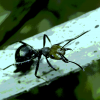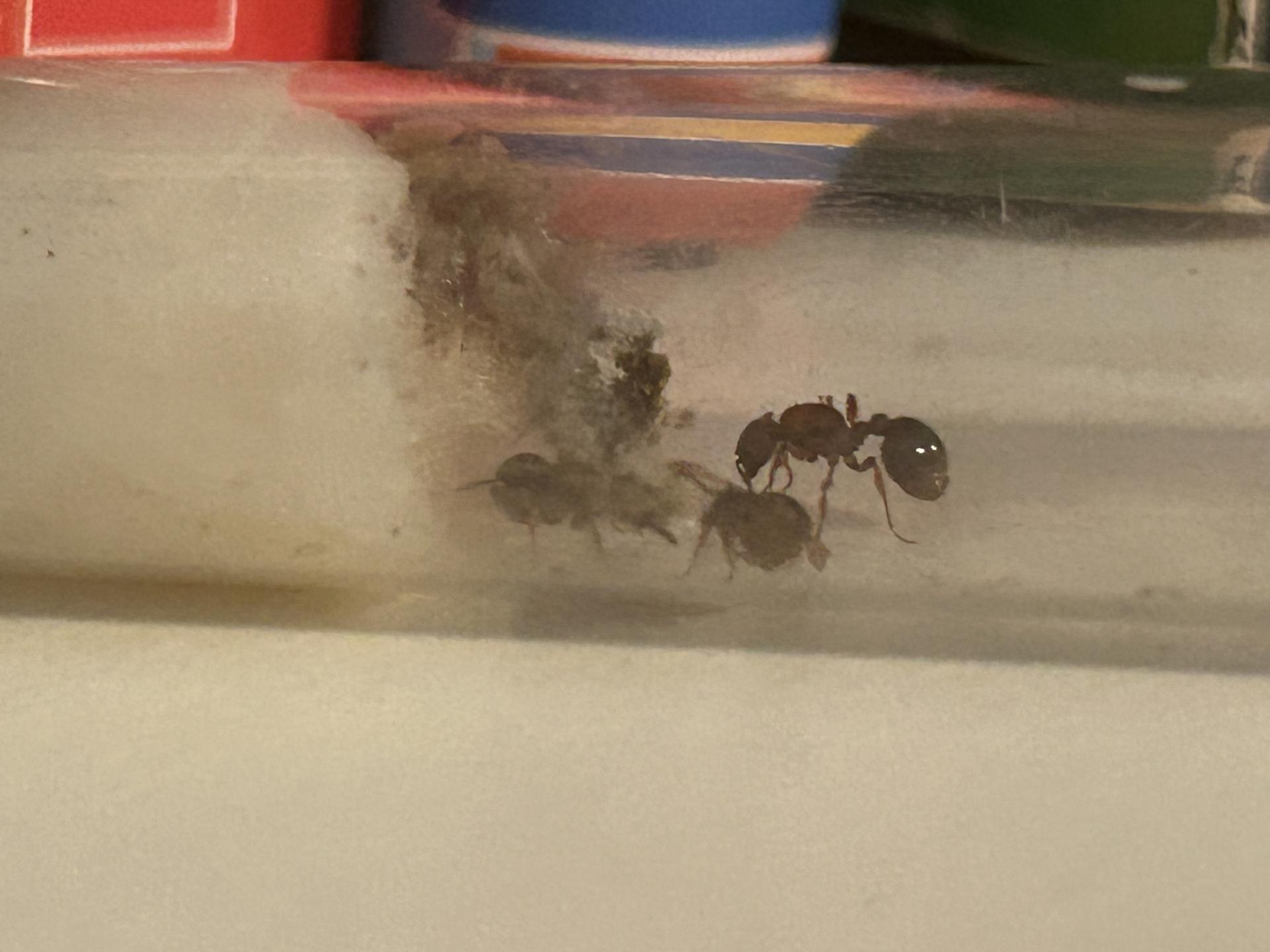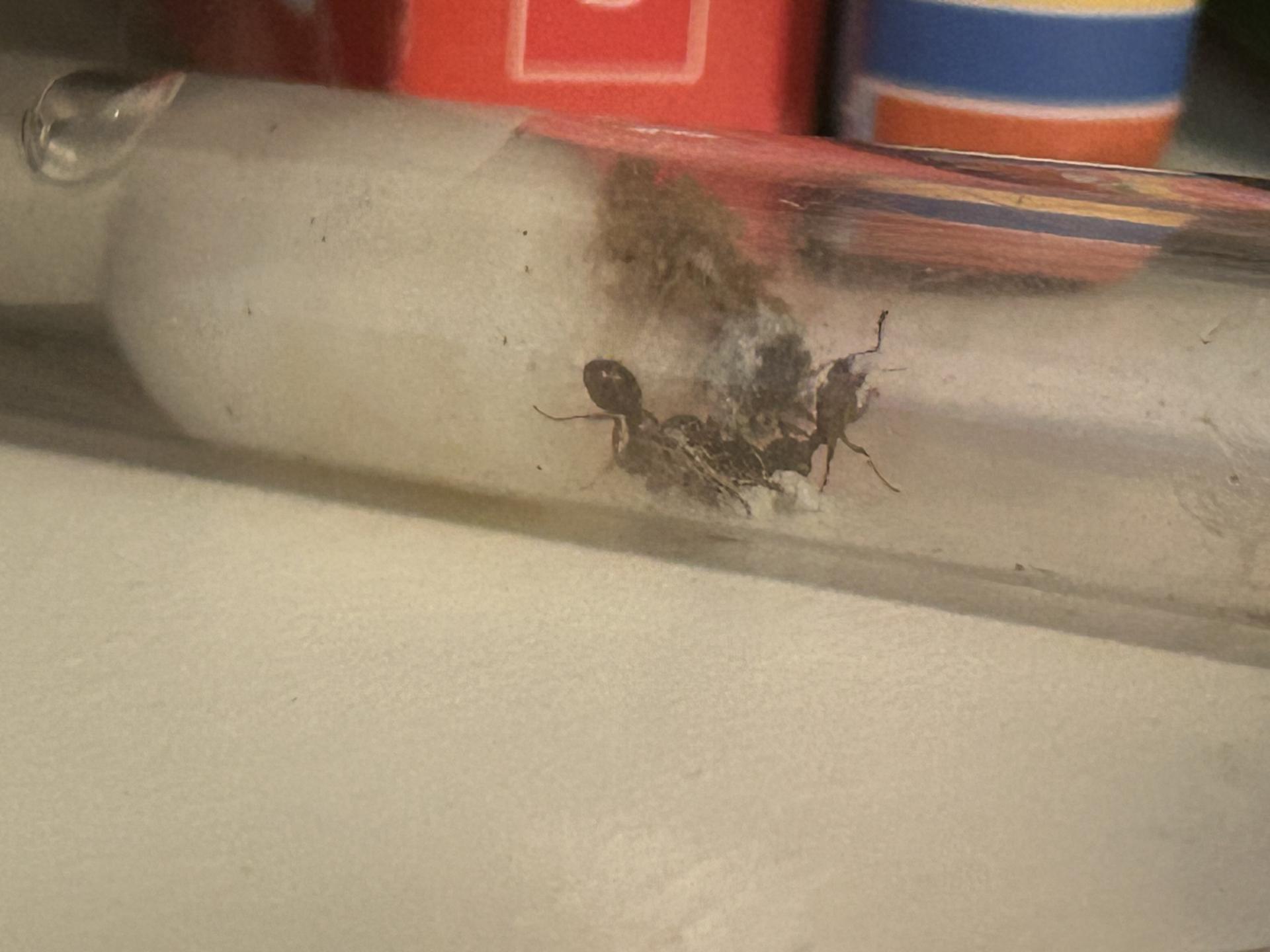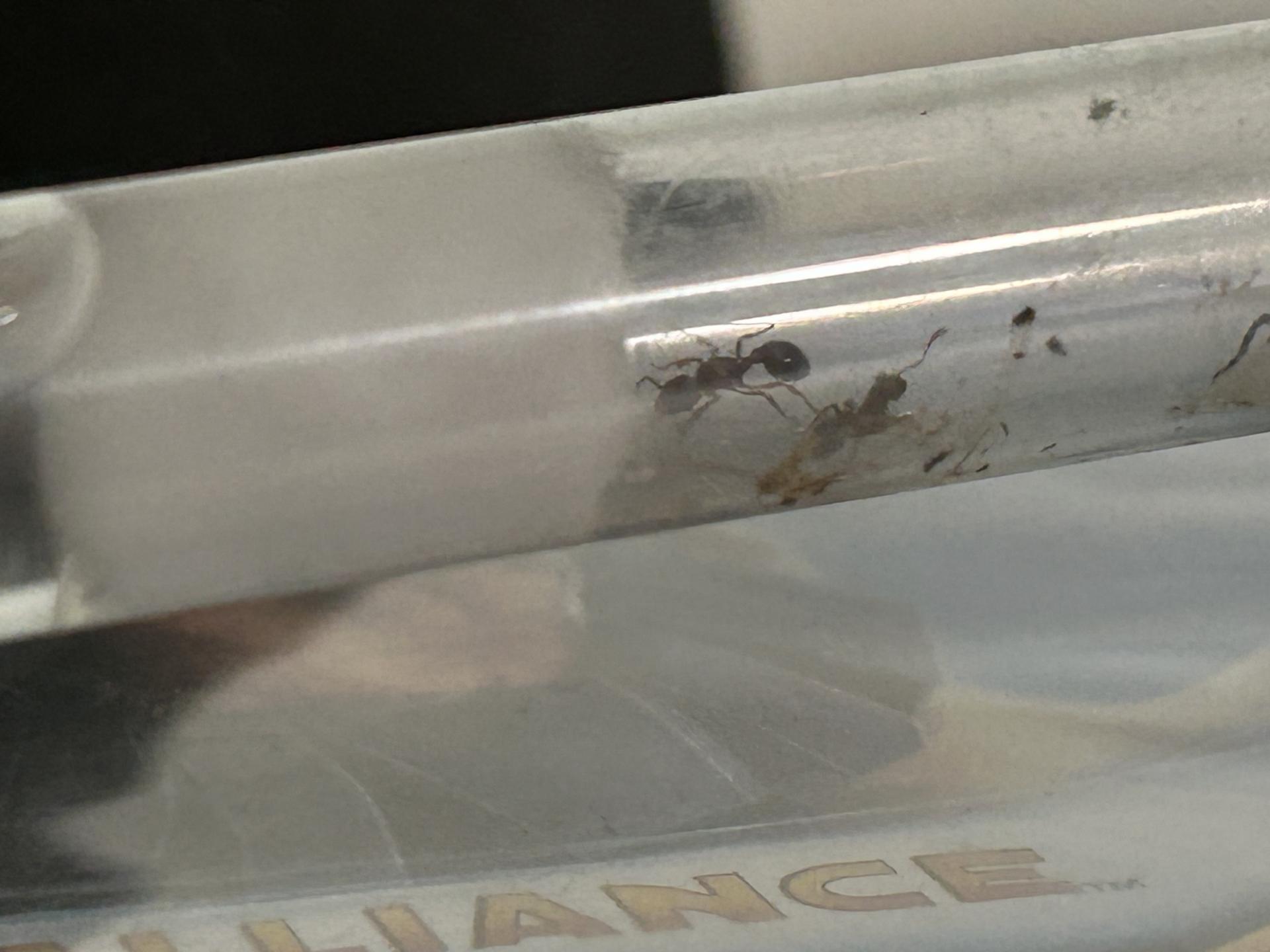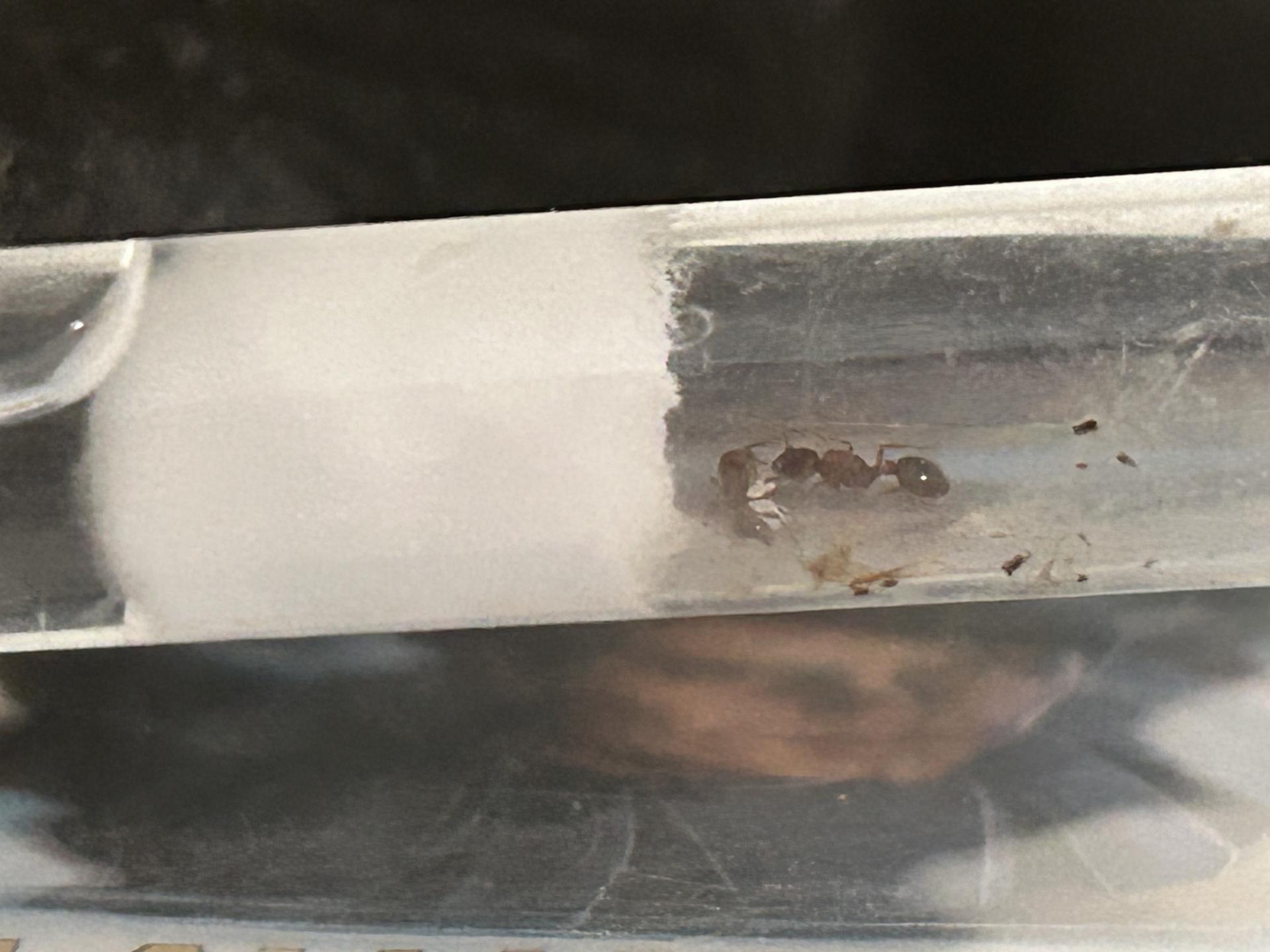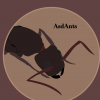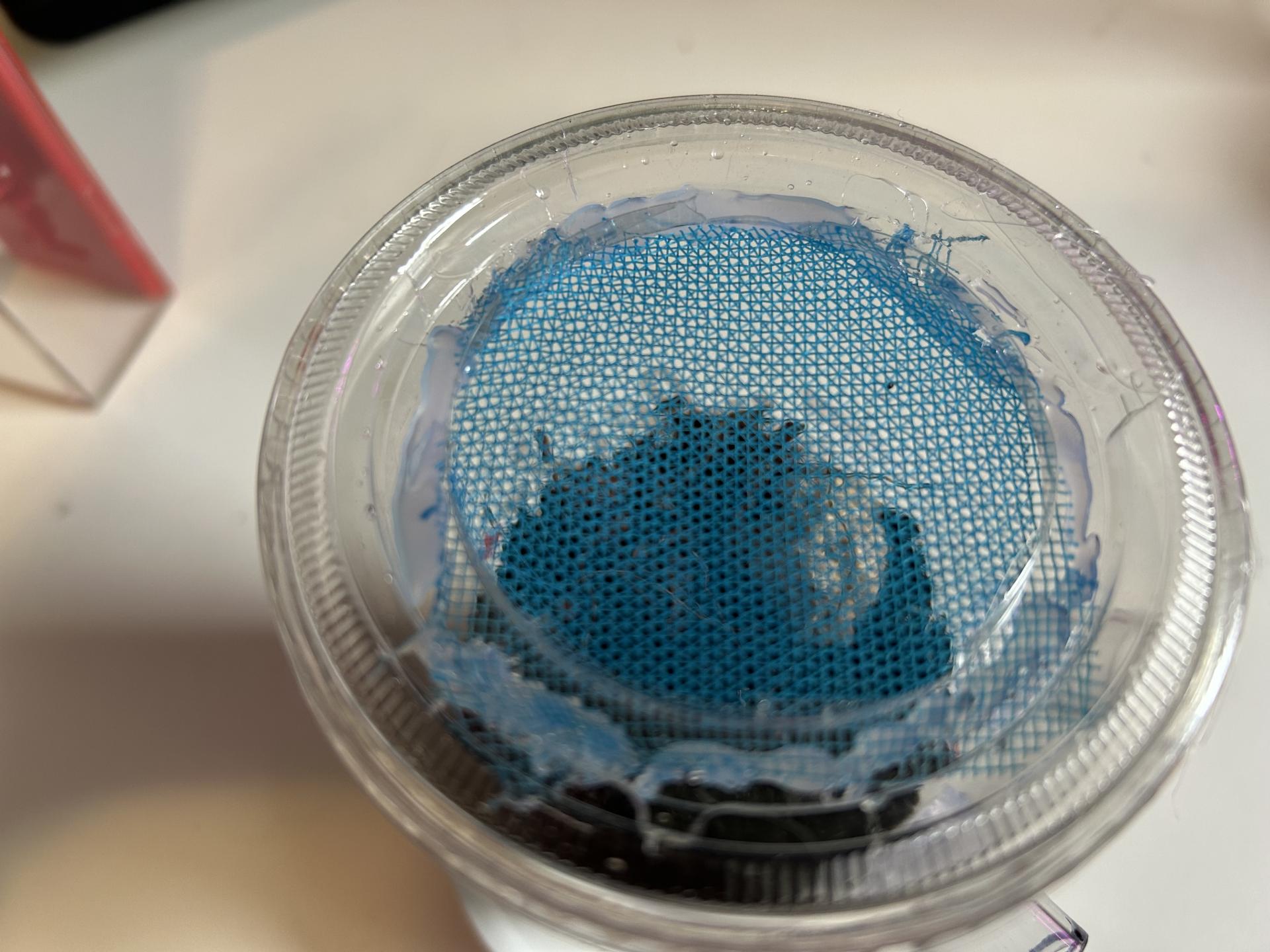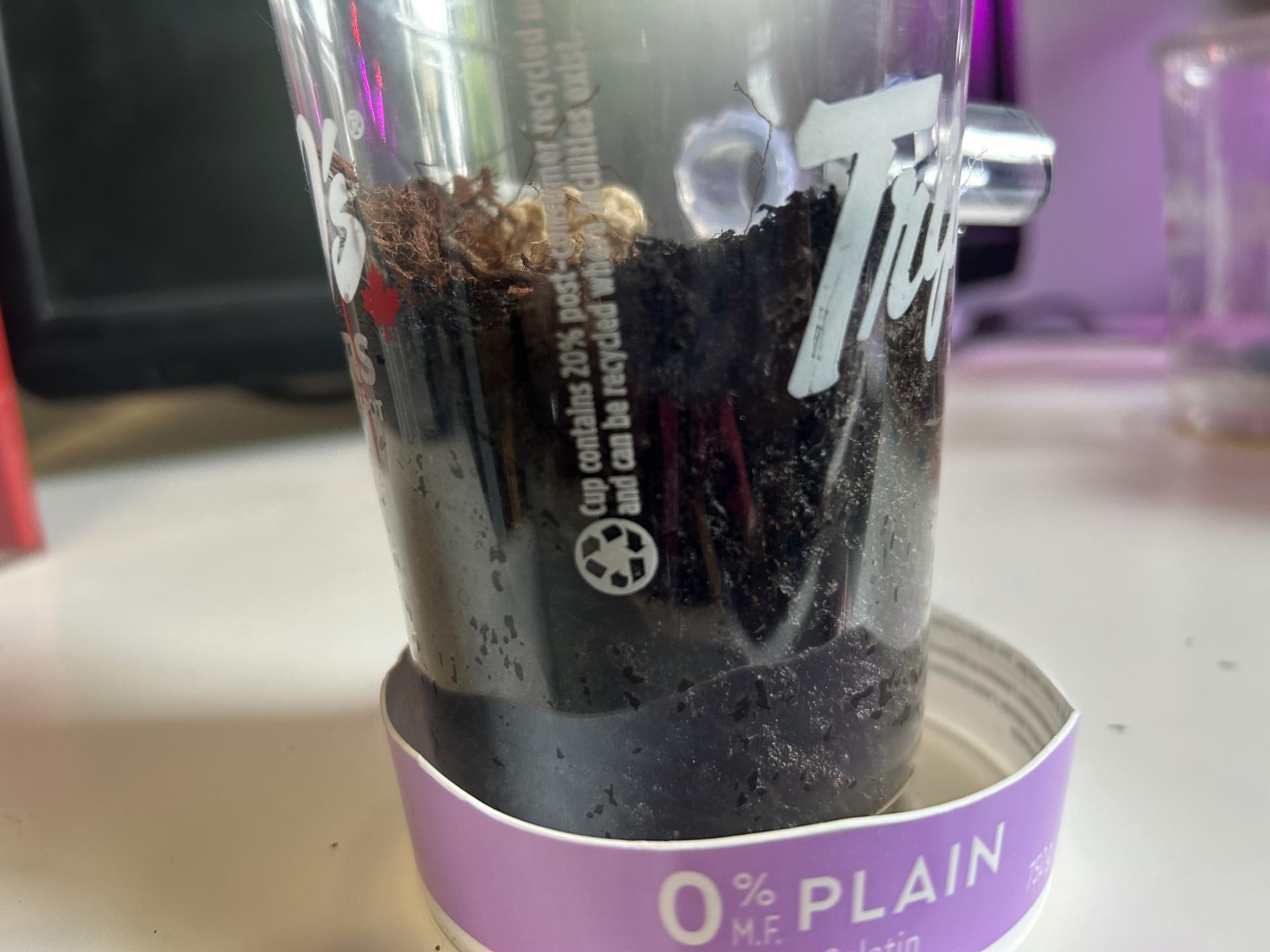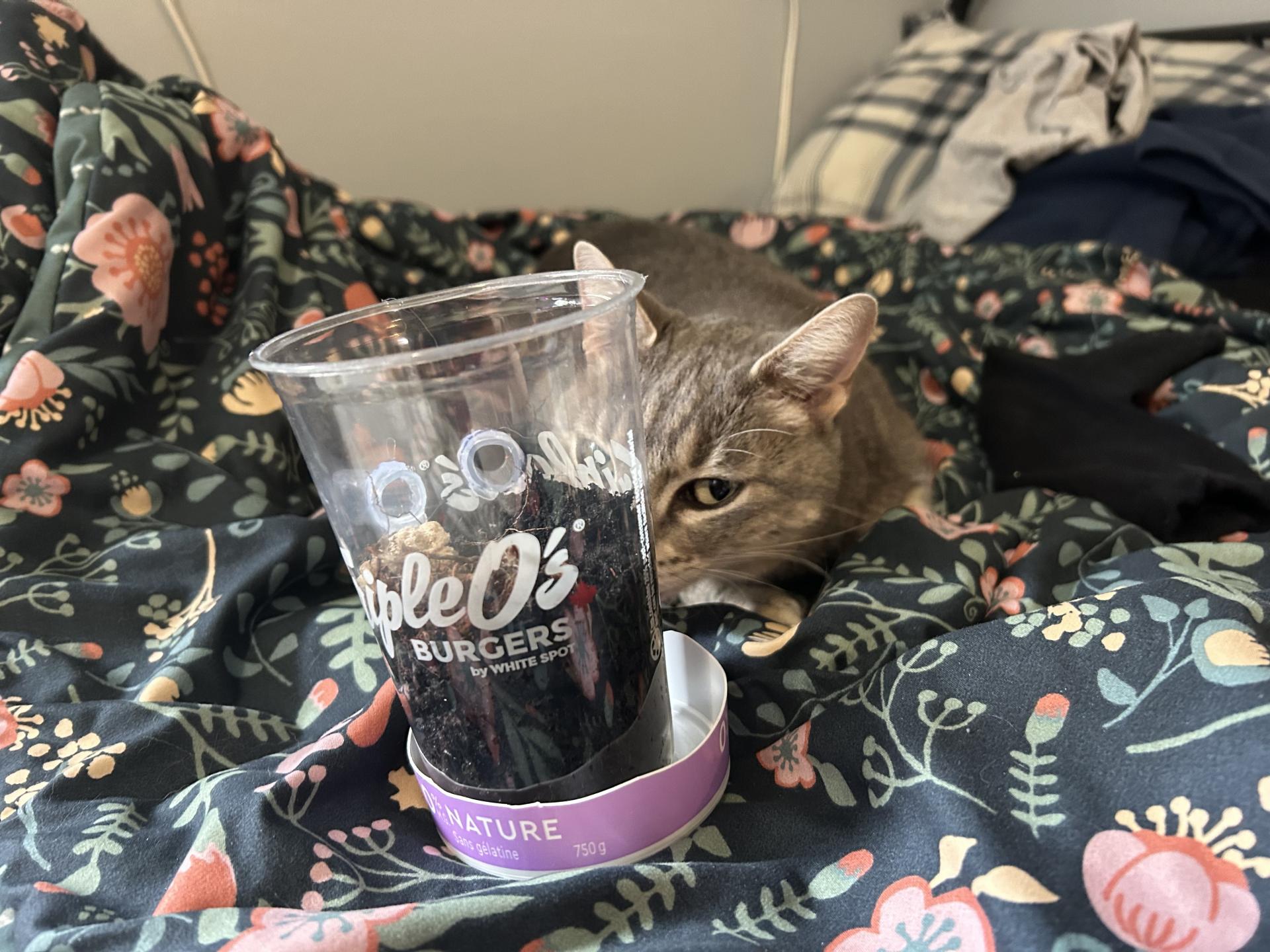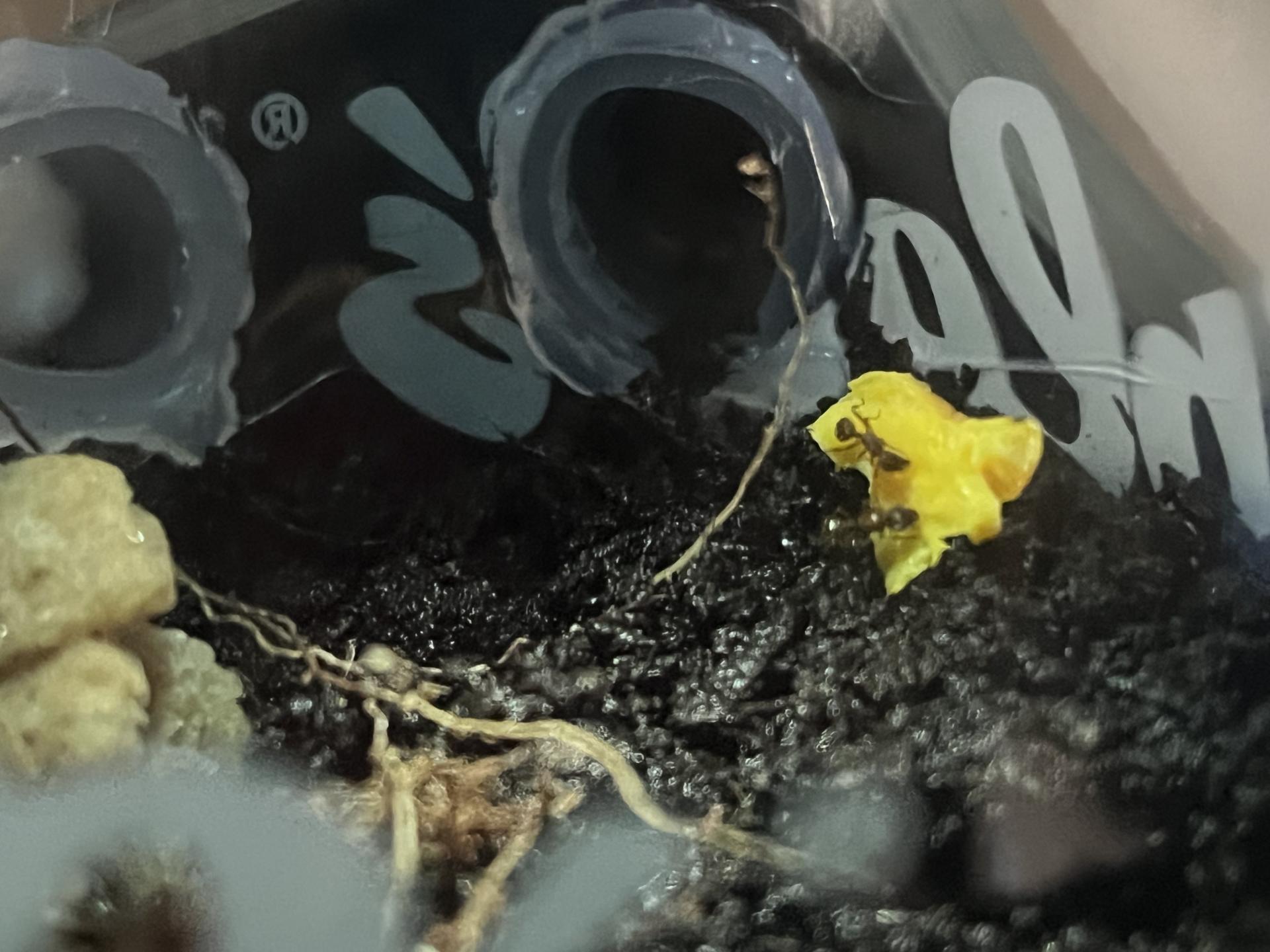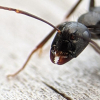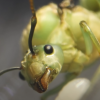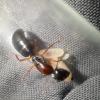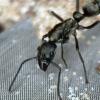Hello everyone! So this is my first ant-keeping journal, and I'm pretty excited! Let me give you a brief layout of what's been going on the past few weeks.
So about three weeks ago, I actually spotted what looked like a slightly unusual European fire ant (Myrmica rubra) worker. Upon closer inspection, I noticed the high thorax and wing scars. Was this a Queen? In early May?!? I caught her right away for further examination.
After doing some more research, I discovered that I had caught a Myrmica queen, likely a microgyne, which is the smaller type of queen cast. But apparently, their nuptial flights weren't until late July to August here in British Columbia. What??
Finally, I discovered that these queens can actually form super colonies, and overwinter at their mother colony's nest. So I believe that's what happened, and I caught the Queen after she left the nest to finally start her own colony. Over the next few weeks, I caught 5 more, one of whom I shipped to my friend to keep.
I also introduced a single captured worker from a Myrmica nest, and introduced her to a lone queen as an experiment, as before she was not laying any eggs. They immediately got along, cleaning each other and taking care of one-another. Two days later, there was a small pile of eggs within the test tube. Super cool, but I'm curious as to how this is possible? Maybe it worked out because they were once part of the same colony? Let me know if I'm correct.
The other queens I placed in a test tube, three in all, as they are known to be polygynous. Here's some images of my colonies right now, week 3 or so...don't really remember haha.
This one is my 3 queens in one test tube. My camera kinda sucks for close-ups, but I did my best. There is a small pile of white beneath them. Lots of brood so far!
This one is my single queen colony, with a worker. They look very similar, but the one on the right is a worker, while the one on the left is the queen.
Please let me know if you know anything about Microgynes/Macrogynes, and why the worker integrated so well with my queen!

